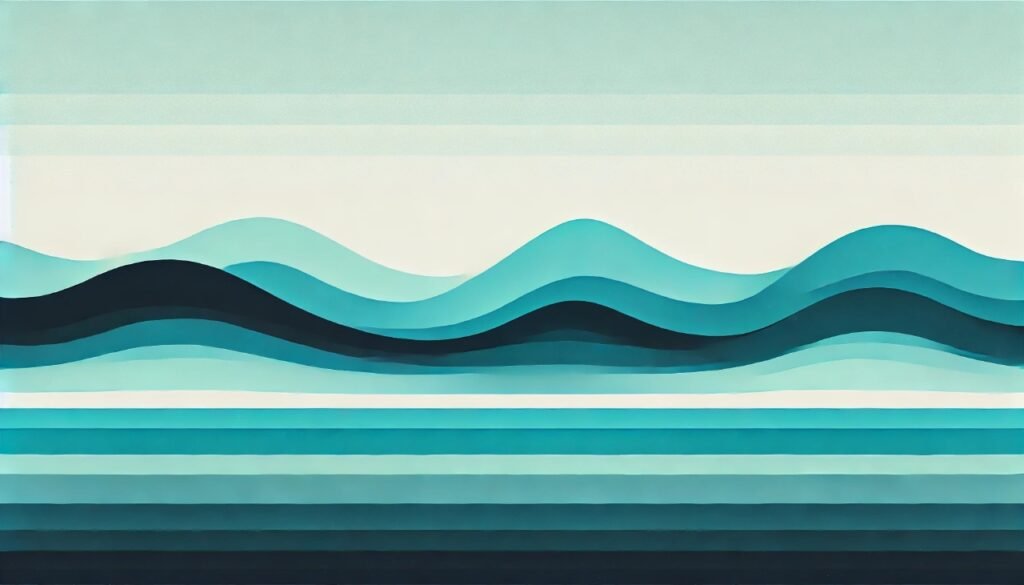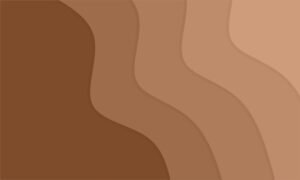Shades of Cyan: Exploring The Beauty

Shades of Cyan
Cyan, a blend of green and blue, is a color that evokes freshness, calm, and creativity. The shades of cyan hex color provide endless options for designers, artists, and enthusiasts seeking to capture its alluring tones. From the crisp, bright hues of electric cyan to the muted, relaxing vibes of pastel cyan, this spectrum offers powerful and versatile applications.
Understanding the Basics of Cyan Hex Colors
The shades of cyan hex color are defined by their hex code values—a six-character alphanumeric sequence used to represent specific colors on web pages and digital design. Cyan’s primary hex code is #00FFFF, but there exists a spectrum of related hues that range from soft and subtle tones to strikingly vibrant options. Each subtle change in hex value adjusts the perception of cyan, influencing mood, design context, and overall aesthetics.
Popular Shades of Cyan and Their Hex Codes
To better understand the diverse shades of cyan hex color, let’s examine some of the popular shades that frequently find their way into creative works.
Electric Cyan (#00FFFF)
The brightest and most recognizable form of cyan, electric cyan, exudes energy and vibrancy. Often used for attention-grabbing accents, it pairs beautifully with darker colors or complementary hues such as magenta and yellow. Electric cyan evokes a futuristic, tech-savvy atmosphere, making it an excellent choice for digital design and web elements.
Dark Cyan (#008B8B)
In contrast to the brightness of electric cyan, dark cyan offers a more subdued, sophisticated tone. With a hex code of #008B8B, this shade works well in professional and elegant designs. Its cool, muted vibe is ideal for backgrounds, branding, and environments that need to convey calmness with a touch of luxury.
Teal (#008080)
Teal, often considered a member of the cyan family, combines the richness of cyan and green. Its hex code is #008080. This balanced shade offers a sense of peace and stability, making it a popular choice in interior design, website themes, and brand identities aiming to communicate trust and reliability.
Turquoise (#40E0D0)
Turquoise, characterized by a hex code of #40E0D0, offers a refreshing, playful twist on cyan. It feels beachy and lively, perfect for summer themes, travel branding, or spaces aiming for a breezy, uplifting ambiance. This shade works wonders in graphic design to add a pop of interest without overwhelming the eye.
Aqua Marine (#7FFFD4)
The aquamarine shade, with its hex code of #7FFFD4, sits softly within the cyan spectrum. Reminiscent of serene waters and oceanic beauty, it imparts a calming influence in designs. This soft cyan shade works seamlessly in designs promoting wellness, peace, or eco-friendly themes.
How the Shades of Cyan Hex Color Influence Design Aesthetics
Color psychology highlights the impact that shades of cyan can have on emotions and perceptions. Cyan shades often evoke a sense of calm, trust, and rejuvenation. However, different tones influence moods in distinct ways. Vibrant cyan tones like electric cyan may stimulate creativity and excitement, while muted shades such as pastel cyan invite relaxation and contemplation.
Combining Shades of Cyan for Maximum Impact
When designing with the shades of cyan hex color, creating harmony with complementary and analogous colors can result in a visually captivating and balanced palette.
Complementary Colors for Cyan
Pairing cyan shades with complementary hues such as red or magenta creates a strong visual contrast, bringing vibrancy to digital interfaces, artwork, and more. This approach works especially well for drawing attention to key elements or enhancing user engagement.
Analogous Color Schemes
To achieve a cohesive, pleasing palette, shades of cyan can be combined with analogous colors like blue and green.
Practical Uses of Shades of Cyan Hex Color in Web Design
In web design, the use of shades of cyan hex color can improve user experience and enhance aesthetic appeal. The right shade of cyan can be utilized for buttons, hover effects, headers, and accent elements to create a consistent and visually stimulating interface.
Accessibility Considerations
When incorporating shades of cyan hex color into a design, accessibility remains crucial. It is important to ensure sufficient contrast between text and background colors to improve readability. Tools like contrast checkers can help guarantee compliance with web accessibility standards, providing an inclusive experience for all users.
Cyan Shades in Branding and Marketing
In branding, shades of cyan communicate messages that align with innovation, trust, and rejuvenation. Many technology, healthcare, and wellness brands embrace cyan hues to evoke a sense of forward-thinking optimism and clean aesthetics. By carefully selecting a shade that resonates with brand identity, marketers can leverage color psychology to foster deeper connections with audiences.
Incorporating Cyan Shades in Interior Design
The shades of cyan hex color find extensive applications in interior design due to their ability to brighten spaces, create serene atmospheres, and evoke natural tranquility. Whether it’s a splash of cyan paint or cyan-accented decor, the effect transforms interiors into vibrant yet calming environments.
Using Cyan in Color Theory for Art and Illustration
Artists frequently explore the shades of cyan hex color to capture oceanic themes, sky-inspired gradients, or futuristic digital art. The versatility of cyan hues allows it to blend seamlessly with cool and warm tones, making it an essential component of a well-rounded palette.
Creating Gradients and Patterns with Cyan Shades
The shades of cyan hex color offer ample opportunity to design beautiful gradients and patterns that can breathe life into websites, posters, and visual projects. By transitioning between different tones of cyan, striking effects are created that draw viewers’ attention and guide their gaze naturally.
Sustainability in Cyan-Inspired Designs
Sustainability is emphasized in designs that evoke cyan’s natural inspiration. Many designers consciously utilize shades of cyan in eco-friendly campaigns to represent clean energy, water conservation, and nature-oriented initiatives. This is particularly effective in fostering emotional connections with environmentally conscious consumers.
Exploring the Historical Significance of Cyan Shades
Historically, cyan has been used in dyes, paints, and pigments that shaped ancient art and culture. Its vibrant tones were often used for textiles, mosaics, and architectural details, serving as a timeless color in human expression.
Customizing Shades of Cyan for Unique Projects
When working with shades of cyan hex color, designers often need to customize hues to match a specific brand, project, or aesthetic. Tools like Adobe Color and online hex color pickers make it easy to mix and adjust shades to achieve the perfect balance.
FAQs
What does the hex color #00FFFF represent?
The hex color #00FFFF represents the electric cyan shade, known for its bright, vibrant, and attention-grabbing appearance.
How can I create an accessible design with cyan?
Ensure text and background contrast, use accessible color-checking tools, and test readability across devices for a broader audience reach.
Which shades are best for a calming atmosphere?
Soft tones like pastel cyan and aquamarine create calming atmospheres perfect for wellness and relaxation spaces.
How does cyan compare to other cool colors?
Cyan stands out with its mix of green and blue, offering a fresh and rejuvenating feel distinct from pure blue or green hues.
Can can be combined with warm colors?
Yes, pairing cyan with warm colors like reds and oranges creates high contrast and adds visual interest to any design.







